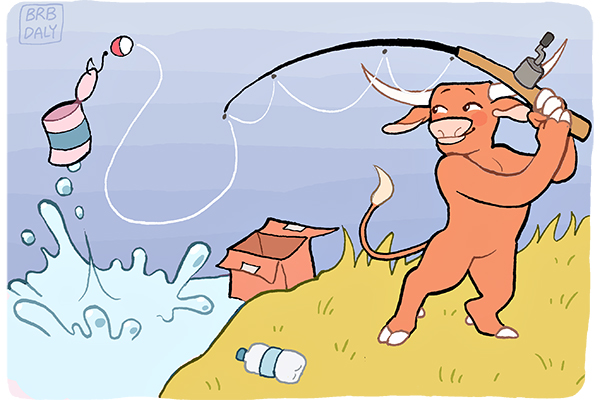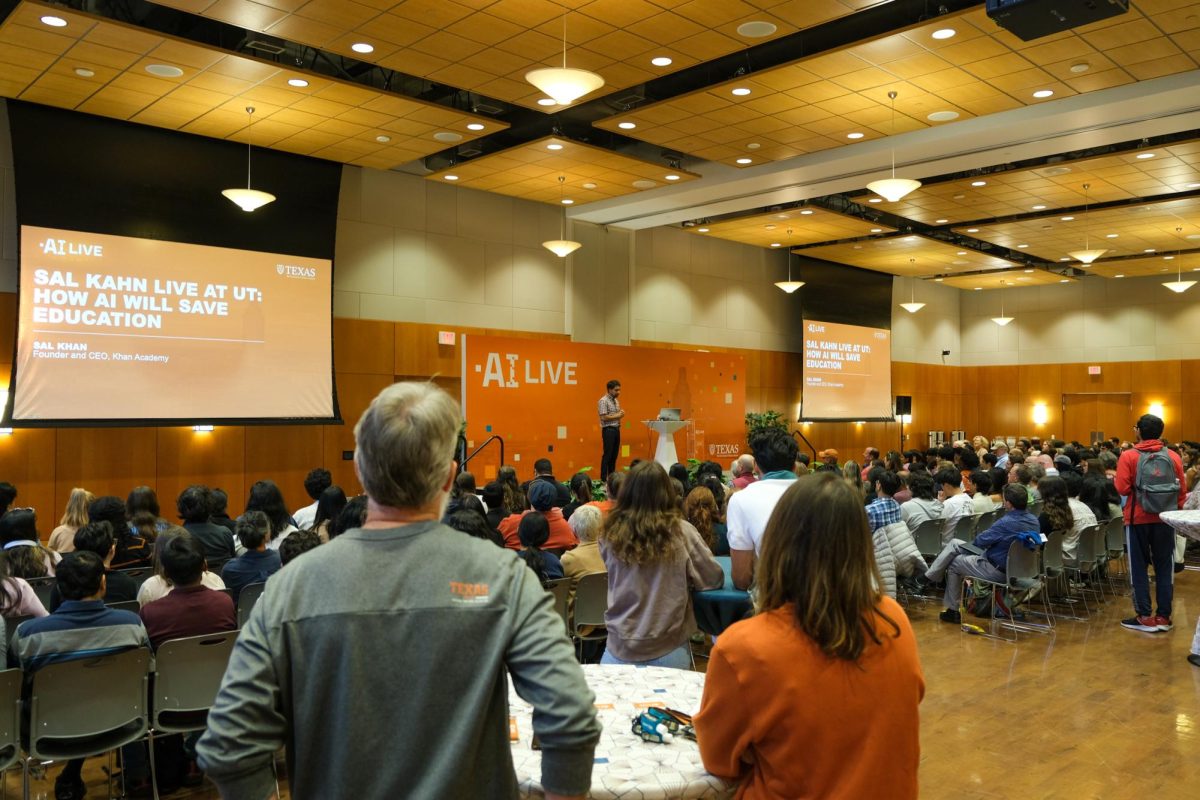UT is planning to develop Waller Creek by improving its walkability, environmental health and stability.
The Waller Creek Framework Plan spells out recommendations for existing campus construction projects near the creek to protect its ecosystem, including plans for safe walkway systems, small parks around the creek and reduction of erosion. The plan was approved in May 2019 and released to the public in early fall.
“The problem was that for decades, we had not embraced (the creek) as a feature of campus,” director of sustainability Jim Walker said. “There was strong agreement with everyone involved that we should take better care of this amazing amenity going through the middle of campus.”
According to the Office of Sustainability, the framework is an addition to the 2013 Campus Master Plan, which established the University’s plan to develop the Waller Creek and San Jacinto area. Walker said although the framework plan provides no timeline or specific projects, the plan will guide the direction of future creekside construction projects.
Allan Shearer, UT associate professor and framework plan advisory committee member, worked on the framework with Walker in 2018. He is also a member of the Waterloo Greenway Conservancy, a nonprofit partnering with the city of Austin to improve the water quality of the creek.
The creek floods frequently because all the stormwater on campus flows into the creek, Shearer said. The plan directs UT Landscape Services to plant Cypress trees, which will mitigate the severity of this flooding because their roots hold the soil in place.
“You don’t have to admire their root system for a minute to see how entangled in the banks they are,” Walker said. “We are wanting to focus more on Cypress trees than limestone blocks to reinforce the bank.”
Shearer said the University has attempted projects to develop the Waller Creek area before, including when it constructed a pedestrian bridge across the creek. The lack of cohesion between these projects caused issues, Shearer said.
“The framework plan is an important missing link for how we envision the creek,” Shearer said. “With the framework plan, we will avoid those types of problems because the framework gives guidance going forward.”
Many faculty members also use the creek for teaching, especially in the College of Natural Sciences, where students often do water quality tests.
“It’s important for lowering stress levels and being happier,” Shearer said. “We have an urbanizing campus, so we asked ourselves, ‘How can we use Waller Creek as an amenity to allow for experience with nature on campus?’ Waller Creek has the potential to be a living laboratory for teaching.”
Sustainability studies sophomore Lauren McKinney works with the Office of Sustainability to organize monthly creek cleanups. She said she was motivated to clean the creek after taking a Sustaining a Planet class, where students tested the water quality of the creek.
She said she reviewed the framework plan and hopes the office will fulfill its promises in the coming years.
“It is a step in the right direction, but really large-scale change would have to happen for any benefits to come from it,” McKinney said.


















